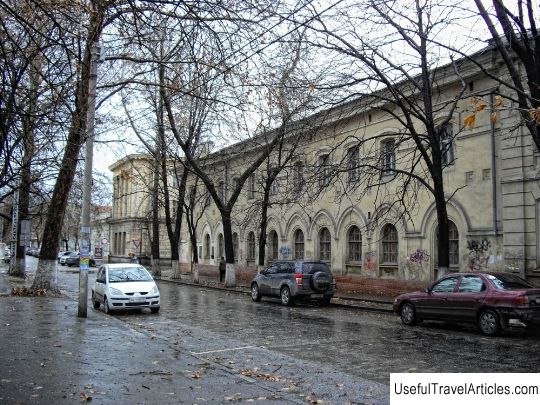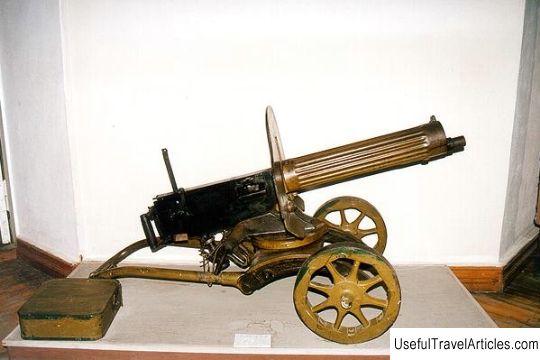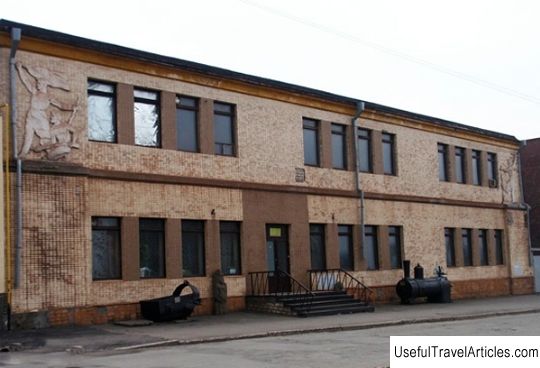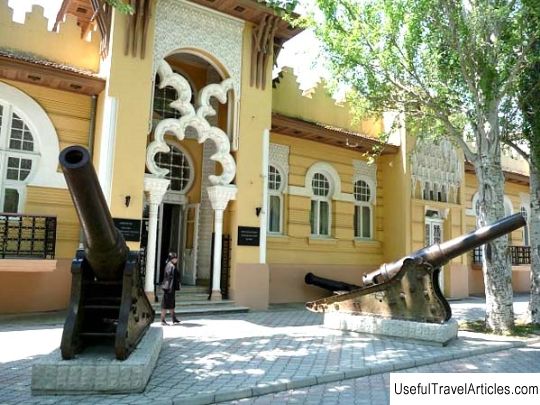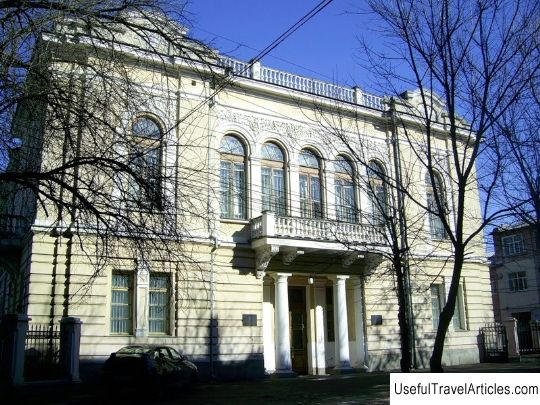Republican Museum of Local Lore description and photos - Crimea: Simferopol
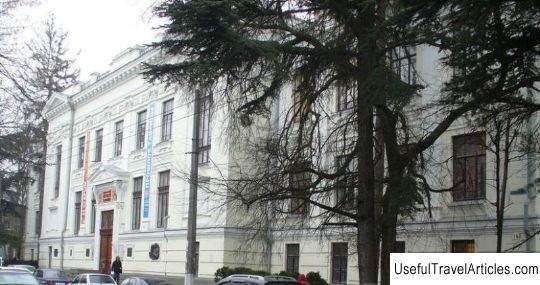
Republican Museum of Local Lore description and photos - Crimea: Simferopol. Detailed information about the attraction. Description, photos and a map showing the nearest significant objects. Photo and descriptionThe largest museum of the Crimea is the republican museum of local lore. Its halls tell about the Crimean history. More than one hundred and fifty thousand exhibits (cultural, historical, natural) are in the halls of the museum. All historical milestones, events on the Crimean peninsula were reflected in the museum exhibits. The Zemsky Administration housed the Tavria Zemstvo Museum (natural history orientation), the Museum of Antiquities belonging to the Tavrichesk Archive Scientific Commission, and the Tavrik Library. The collection of the museum is considered one of the richest in Crimea. The Museum of Antiquity (1887 - the year of opening) and the Natural History Museum (appeared in 1899) became the basis for the Museum of Local Lore. S. Mokrzhetsky - scientist, entomologist, the first director of the museum. The Taurida Archival Scientific Commission acted as the founder of the Museum of Antiquities. The commission studied archival documents and selected those of historical value for long-term storage. The archival commission was headed by A. Steven, a well-known public figure. His father - H. Steven - was the founder of the Nikitsky Botanical Garden. Commissions of this type were created throughout Russia, and now Taurida became the seventh. Soon the commission's activities became much broader than it was prescribed. A. Steven at one of the first sessions said that in Crimea there are more material antiquities than written ones. As a result, the creation of an archaeological museum was entirely justified. The war band delayed the establishment of the museum. Only in 1921 did the Central Tauride Museum appear. At first, it occupied two buildings: the first - on the street. Pushkin, 18 (this is a former orphanage for girls, owned by Countess Adlerberg) and the second - on the street. Dolgorukova (today, Liebkkhnekhta St., 35), the mansion of the Officers' Assembly. In June 1922, M. Kalinin held a meeting at which the plan of museum construction and a list of the most valuable monuments in Crimea were approved. In a telegram sent by M. Kalinin to the Crimean authorities at the end of June, it was said about the need to urgently provide the Tavrida Museum with a special room. In the building provided, the first exposition opened in May 1923. It presented ethnography, archeology, art from the storerooms of this museum. Since 1927, the main part of the museum has been concentrated on Pushkinskaya Street. Only the art department remained in the former premises. The war caused colossal damage to the museum. During the evacuation, as well as during the occupation by the Germans, part of the collections was lost. But many of the exhibits hidden in hiding places have survived. Since 1945, the museum has been called the Crimean Museum of Local Lore. In 1993, the name "republican" was added. For tourists, this museum is a wonderful collection of values, telling about the history and nature of Crimea.       We also recommend reading Hanoi Cathedral (St. Joseph's Cathedral) description and photos - Vietnam: Hanoi Topic: Republican Museum of Local Lore description and photos - Crimea: Simferopol. |
